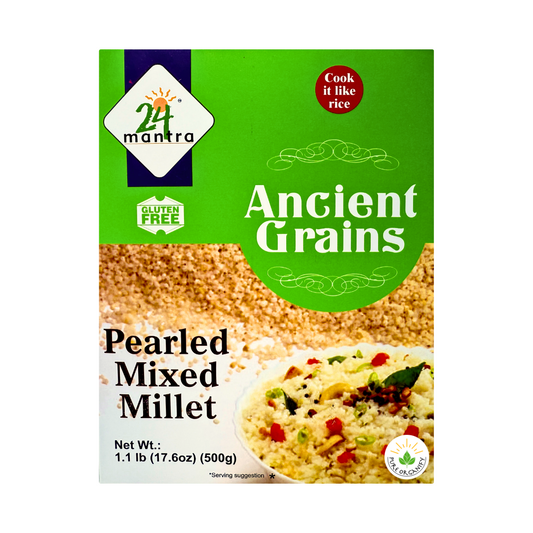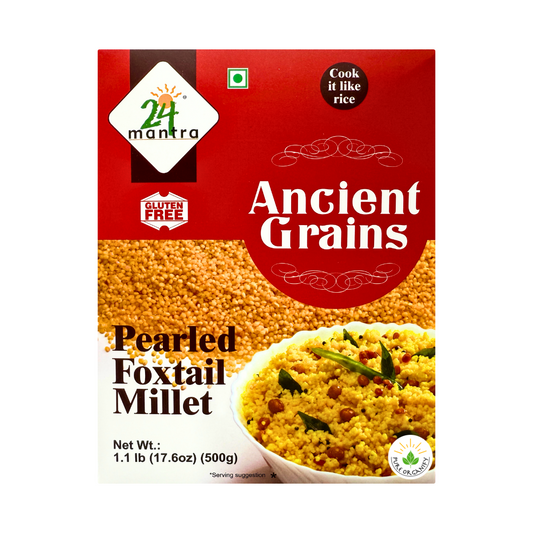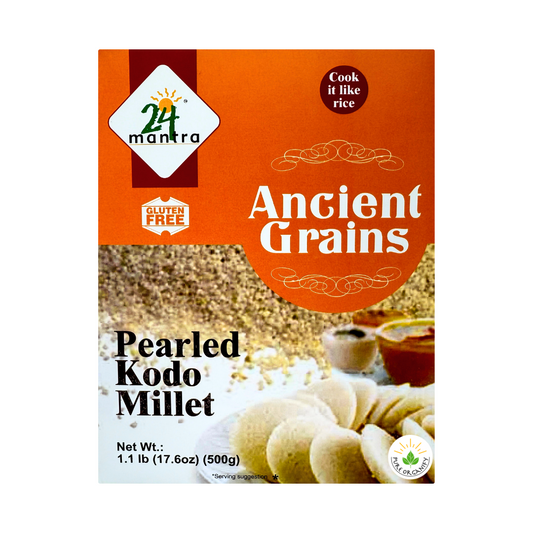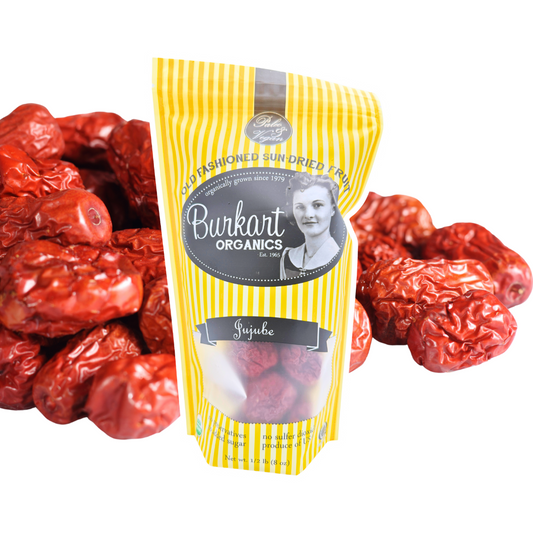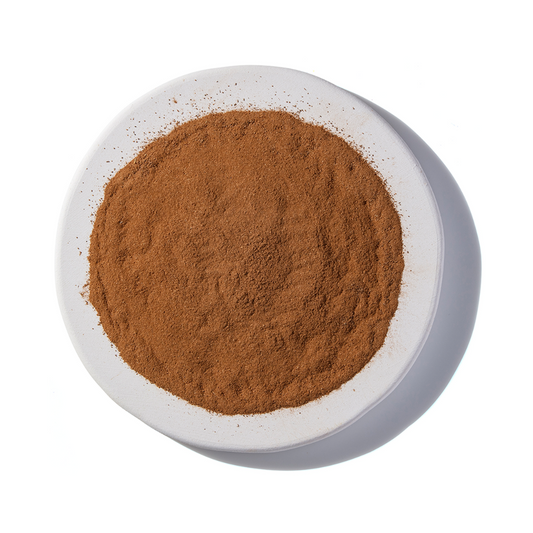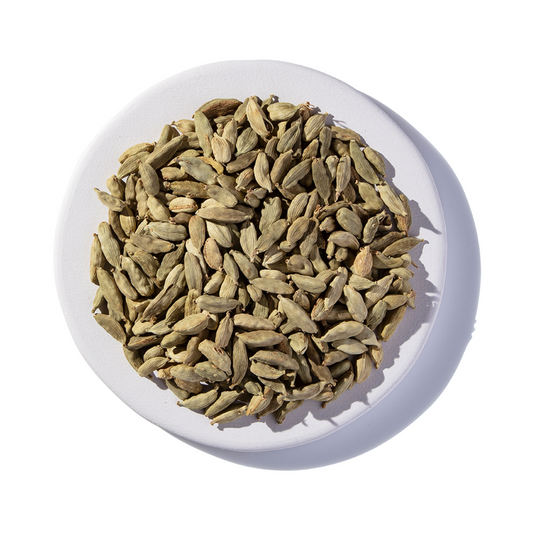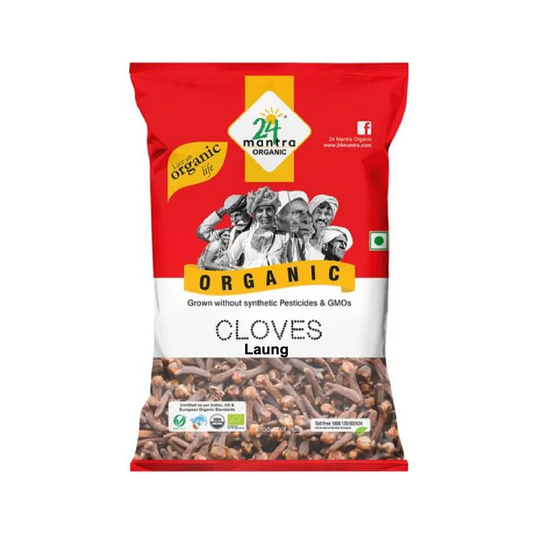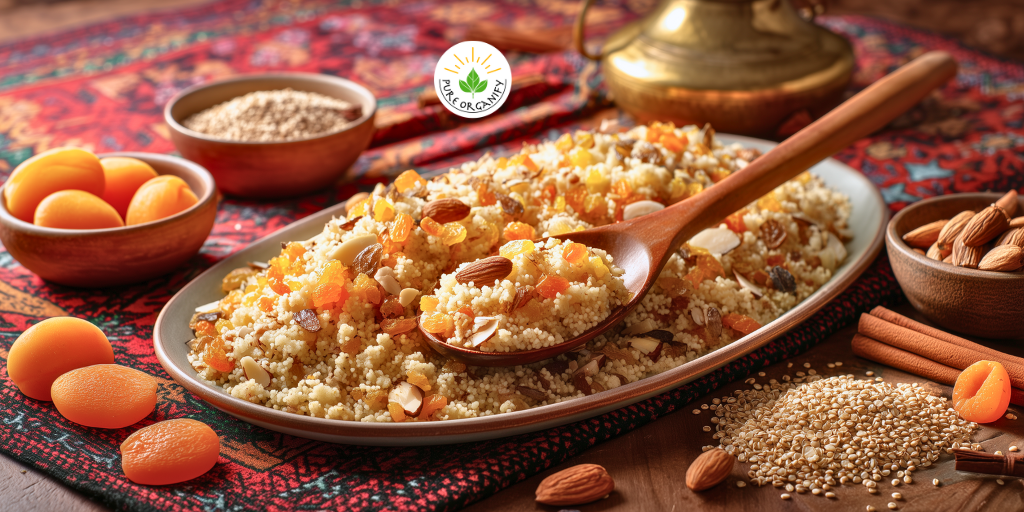
Sweet & Savory Millet Pilaf (Pilav, Pulao) with Apricots and Almonds – Ancient Grain Delight
Share
Let’s travel to the Middle East in one bite – this Sweet & Savory Millet Pilaf (Pilav, or Pulao) brings together the warmth of spices with the subtle sweetness of dried fruits, all nestled in the wholesomeness of millets. If you’ve never tried millets, this dish will be a revelation! Millets are tiny ancient grains (technically seeds) that have been staples in Africa and India for thousands of years. With 2023 declared the “International Year of Millets”, these humble grains are making a comeback on the global food scene. I created this recipe as a spin on a Persian jeweled rice (a famous pilaf with nuts and dried fruits often served at celebrations). Instead of rice, I chose millet for its lovely nutty flavor and because it’s packed with nutrients.
Culturally, using dried apricots and almonds in a grain dish is common in Persian and Moroccan cuisines (think of Moroccan tagines or pilafs with raisins, dates, nuts). In India, there’s a dish called “Meethe Chawal” (sweet rice) with saffron and dried fruits too. This millet pilaf marries those ideas: lightly spiced and a tad sweet, garnished with crunchy nuts. The result is a dish that feels gourmet and exotic, yet is quite easy to make. It’s vegan and gluten-free by nature. Whenever I serve this, the aroma of cinnamon and cumin fills the kitchen, and everyone is intrigued – it’s not every day you get to taste an ancient grain dressed up in festive flavors!
Health Benefits: Millets (such as foxtail, pearl, or little millet – you can use a mix or any one variety) are nutrient powerhouses. They are rich in fiber, which aids digestion and helps regulate blood sugar. They also provide a good amount of protein for a grain, and are high in magnesium, phosphorus, and B-vitamins. One big advantage of millets is that they are gluten-free and very easy to digest, making them great for those with wheat allergies or anyone looking to diversify grains. Millets have a low glycemic index compared to white rice, so they cause a slower rise in blood sugar – good for sustained energy. This pilaf also incorporates dried apricots, which contribute fiber, potassium (important for blood pressure control), and iron. Their natural sweetness means we don’t add any sugar, yet the dish has a hint of sweetness. Almonds add a dose of healthy fats, vitamin E, protein, and crunch – in Ayurveda, almonds are considered a sattvic food, boosting strength and calmness of mind. The spices we use (cumin, cinnamon, perhaps a touch of turmeric) not only impart flavor but also aid in digestion and have antioxidant properties. Cinnamon, for instance, can help in balancing blood sugar and has antimicrobial benefits. By using olive or coconut oil instead of ghee, we keep it plant-based, but you still get beneficial fats. All together, this pilaf is a balanced dish – you get complex carbs from millet, good fats and protein from nuts, and micronutrients from the fruits and spices. It’s also quite filling, so it can prevent overeating and keep you satisfied longer. Eating millets also contributes to dietary diversity, which is great for your gut microbiome (different fibers feed different beneficial gut bacteria). And let’s not forget: millets are environmentally friendly crops (drought-resistant, need less water), so choosing them is a plus for planetary health too.
Ingredients: (Serves 4-5)
- 1½ cups millet (any variety: foxtail, little millet, pearl millet, or a mix) – Rinse well and drain. (If you have time, soaking for 1-2 hours can shorten cooking time and improve nutrient absorption, but it’s optional.) Organic Mixed Millet Blend would work wonderfully.
- 3 cups water or vegetable broth (for more flavor, use broth)
- 1 medium onion, finely chopped
- 2 tbsp olive oil or coconut oil (or a mix of oil and a bit of ghee for flavor, if not vegan)
- 1 tsp cumin seeds
- 1 small cinnamon stick (or 1/2 tsp ground cinnamon)
- 3-4 green cardamom pods (optional, for a true aromatic pilaf, lightly crushed)
- 1/4 tsp turmeric powder (optional, mostly for a golden color and health, won’t dominate taste)
- 1/3 cup dried apricots, chopped into raisin-sized pieces (or use golden raisins or dates, but apricots give a nice tangy sweetness)
- 1/4 cup almonds, sliced or slivered (you can also use blanched whole almonds or pistachios; for extra flavor, lightly toast them)
- 1/4 cup dried cranberries or raisins (optional, for additional pops of sweetness and color; totally fine to stick with just apricots too)
- Salt to taste (about 3/4 tsp if using water, less if broth is salted)
- 1/4 tsp black pepper or to taste
- 2 tbsp fresh parsley or cilantro, chopped (for garnish and a touch of freshness)
- 1 tbsp lemon juice (to finish, brightens the flavors)
Method:
- Toast the Millet (optional but recommended): In a dry pan, lightly toast the rinsed and drained millet on medium heat for 4-5 minutes until it dries out and you get a nutty aroma. Stir frequently to avoid burning. This step enhances the flavor and helps keep the grains separate. Transfer millet to a bowl and set aside.
- Sauté Aromatics: In a heavy-bottomed pot or deep skillet with a lid, heat the olive/coconut oil over medium heat. Add cumin seeds and let them sizzle for 30 seconds. Then toss in the chopped onion. Sauté for about 5 minutes, stirring often, until the onion turns translucent and just starts to turn golden at the edges. Add the cinnamon stick, cardamom pods, and turmeric powder (if using). Stir for another minute until fragrant (the spices will infuse the oil and onion).
- Add Millet and Liquids: Add the toasted millet to the pot and stir well to coat the grains in the spiced oil for about a minute. You might hear a slight crackle – that’s fine. Now pour in the 3 cups of water or broth. Add salt and pepper. Stir and bring to a boil.
- Simmer and Cook: Once boiling, reduce the heat to low, cover the pot with a tight-fitting lid, and let it simmer gently for about 15-18 minutes (millet cooks relatively quickly, but timing can vary by variety, so check instructions if any on your package). Avoid opening the lid too often. After 15 minutes, check if the liquid is absorbed and the millet grains are tender. They should be soft but with a slight chew, not mushy. If needed, you can add a splash more hot water and cook a couple more minutes.
- Incorporate Apricots and Steam: When the millet is just about done (almost all water absorbed), quickly fluff it with a fork and stir in the chopped dried apricots and cranberries/raisins (if using). Also, add half of the almonds (we’ll use the rest on top). Turn off the heat, put the lid back on, and let the pilaf sit (off heat) for 5 more minutes. This resting time allows the dried fruits to plump up a bit from the steam and the millet to finish cooking gently.
- Fluff and Finish: Remove the lid and the whole cinnamon stick and cardamom pods (if you see them, if not, no worries – just warn diners). Drizzle the lemon juice over and fluff the pilaf with a fork. The millet grains should be separate and light, studded with orange and red jewels of fruit and bits of nuts. Taste and adjust salt/pepper if needed.
- Garnish: Transfer the pilaf to a serving dish. Sprinkle the remaining toasted almonds on top for crunch and garnish with fresh chopped parsley or cilantro for a burst of color and freshness.
Serving Suggestion: This millet pilaf is quite versatile. It can be served as a festive side dish accompanying a main (like grilled veggies, tofu steaks, or any curry). It can also be a light meal on its own since it has a balance of carbs, fiber, and some protein – you could amp up protein by pairing it with a chickpea salad or a dollop of yogurt if you consume dairy. I love serving it alongside a spiced chickpea stew or with a simple cucumber-yogurt raita on the side (the cool, tangy yogurt complements the slight sweetness in the pilaf). Another idea: stuff this pilaf into roasted bell pepper halves, sprinkle a little cheese on top, and bake briefly – you get beautiful stuffed peppers with a millet filling. Because it’s mildly sweet and aromatic, it pairs well with spiced teas like a cup of chai or even a mint tea. If you want to lean into the sweet side, you can sprinkle a few pomegranate arils on top when in season – it looks gorgeous and adds juicy pops (this is very much like Persian jeweled rice style). This dish can be enjoyed warm or at room temperature, making it also a candidate for potlucks or lunchboxes (it doesn’t need to be piping hot to taste good). Leftovers make a great breakfast too – think of it like a more savory “porridge” and just heat it up with a splash of almond milk; you might even top with a little extra drizzle of honey and nuts for a hearty breakfast bowl.
Backstory & Cultural Insight: Millets have been a bit forgotten in modern cooking, but they are truly ancient grains making a renaissance. In India, millets like ragi (finger millet), jowar (sorghum), and bajra (pearl millet) have long been used in porridges, flatbreads, and khichdi. In Africa, millets are used for traditional breads and beers. They fell out of favor when rice and wheat took over global agriculture, but now, with a focus on sustainability and health, millets are shining again. In fact, the UN’s push for millets in 2023 was to raise awareness of their benefits for nutrition and climate resilience. I find it fascinating that what’s old is new again – our ancestors thrived on these grains, and now we’re coming full circle to them. This pilaf, with its dried fruits and nuts, is my way of treating millet like the star it is, akin to how one would treat basmati rice in a royal pulao. It’s like giving millets a “royal treatment”! From a cultural perspective, such a dish showcases how ingredients travel and merge – using Indian millets with Middle Eastern flavors of apricot and cinnamon truly celebrates a fusion of heritages. On a personal note, the first time I made a millet pilaf for friends, they were skeptical (“bird food?” one teased) – but by the end of the meal, the bowl was scraped clean and everyone wanted the recipe. Victory for millets!
Pro Tip: Cooking millets to fluffy perfection can be a bit tricky at first (water ratio and avoiding stickiness). The toasting step really helps to keep them fluffy. Also, using a fork to fluff (like you would couscous) instead of stirring too much prevents clumping. If you want the millet even more separate (drier), you can cook with the lid off for the last couple of minutes to let excess moisture evaporate. Conversely, if you prefer it a bit softer/stickier (some do, especially for kids or porridge-like texture), add an extra 1/2 cup of water and cook a few min longer. Also, feel free to swap or add other dried fruits – raisins, dates, figs, or even dried cherries can work. Just keep the total quantity moderate so it’s a subtle sweetness, not overwhelming. For nuts, pistachios or cashews can sub for almonds nicely. Another variant: add some shredded carrot or butternut squash while sautéing the onions (for a veggie boost and color, kind of like biryani has veggies). And don’t forget spices are flexible – a star anise or a couple of cloves added can give a nice twist, or a teaspoon of garam masala can make it more Indian. If you find any leftovers drying out in the fridge (millets can harden when cold), just reheat with a splash of water or broth and fluff again – it will revive nicely. Finally, embrace millets in your routine beyond this recipe: try using cooked millet in place of rice in fried rice, or as a breakfast cereal with milk and fruits. Once you get hooked on their toasty, wholesome taste, you’ll find many uses!
Discover more about millets and ancient grains in our Whole Grains section – PureOrganify sources organic millets and other traditional grains so you can experiment in your kitchen. If you’re interested in other gluten-free recipes, check out our Gluten-Free collection and perhaps our Besan Cheela (recipe #3 above) for another tasty wheat-free dish. We also delve into millets and Ayurveda in our blog post on Lesser-Known Ayurvedic Foods for Youthful Skin – hint: millets are often considered good for detox and skin health. And don’t miss exploring our Special Collections if you want curated sets of ingredients for healthy cooking. This millet pilaf proves that eating healthy and sustainably can be a feast for the senses – so go ahead and enjoy this sweet-savory melody on your plate!

